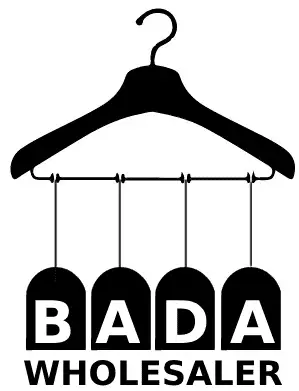With years of experience and a passion for helping businesses succeed, Robert brings a wealth of knowledge and insights to Salestaxcel. This section offers actionable strategies to help readers reduce their expenses. Sunk costs – historical costs that will not make any difference in making a decision.
A. Expense Tracking
This section needs to clearly define what is included under the umbrella term “period costs.” This ensures everyone is on the same page before diving into specific examples. Under accrual accounting, a period cost is recognized as an expense when the obligation to pay it arises, not necessarily when the cash payment is made. Period costs, however, are not directly tied to the production of revenue in the same way. Therefore, they are expensed immediately in the period they are incurred, irrespective of any specific revenue generation. Product costs are capitalized as inventory and expensed as Cost of Goods Sold (COGS) when the related revenue from the sale of the product is recognized. The general approach involves tracking and aggregating all expenses that fall under the period cost categories within a given timeframe.
Period vs. Product Cost Definition, Calculation & Examples
By identifying and analyzing these cost drivers, businesses can optimize their operations and reduce unnecessary expenses. Period costs or period expenses are specific type of expenses a company may incur during an accounting period without being able to link it to inventory or cost of goods sold. Weighted-average costing mixes current period expenses with the costs from prior periods in the beginning inventory. This mixing makes it impossible for managers to know the current period expense of manufacturing the product. First-in, first-out (FIFO) costing addresses this problem by assuming that the first units worked on are the first units transferred out of a production department.
The Unsung Heroes: How General Expenses Keep the Business Running Smoothly
There is no fixed approach to identifying the period expense in all the particulars. The Management accountant has to carefully evaluate the time cost and check whether the same will form part of an income statement. Period expenses appear on the income statement with an appropriate caption for the item, which acts as a real estate cash flow disclosure, in the period when the cost is incurred or recognized. While our last discussion delved into the crucial Selling Expenses that drive products to market, a business thrives on more than just sales efforts.
- Standby costs will continue if the firm shuts down operations or facilities temporarily.
- Period costs are expenses that are not directly tied to a product or service, such as rent, utilities, advertising costs, and general administrative expenses.
- Direct material cost is the cost of all the identifiable materials used in the production of a product.
- Only product costs are used in contribution margin analysis in variable costing, while period costs are treated differently under various costing methods.
- Misclassification of period costs can lead to distorted financial results, impacting stakeholder decisions.
Selling expenses have a direct and significant impact on your business’s profitability. They are deducted from your gross profit (sales revenue minus cost of goods sold) to arrive at your operating income. Effective management of these costs can mean the difference period costs examples between a healthy profit margin and struggling to break even.
- Interest expense can be thought of as the cost of borrowing money, much like how you might pay rent for a house or lease a car.
- In summary, examples of period costs include advertising and promotion expenses, salaries and wages of administrative staff, and rent and utilities for office space.
- Console ltd is planning for expansion in upcoming years, and for the same, they need to purchase machinery costing $54 million.
- Period costs are all costs not included in product costs and not directly tied to the production process.
- Selling expenses have a direct and significant impact on your business’s profitability.
- Companies may decide to absorb certain period costs temporarily to gain market share or enter a new market, setting prices that are competitive yet may not fully cover these expenses in the short term.
This distinction is crucial because it directly impacts a company’s reported inventory value on the Balance Sheet and its profitability (Gross Profit and Net Income) on the Income Statement. Misclassifying a period cost as a product cost, or vice versa, can lead to inaccurate financial reporting. Every cost incurred by a business can be classified as either a period cost or a product cost. https://zoomagazinmladost.com/?p=6088 A product cost is incurred during the manufacture of a product, while a period cost is usually incurred over a period of time, irrespective of any manufacturing activity.
